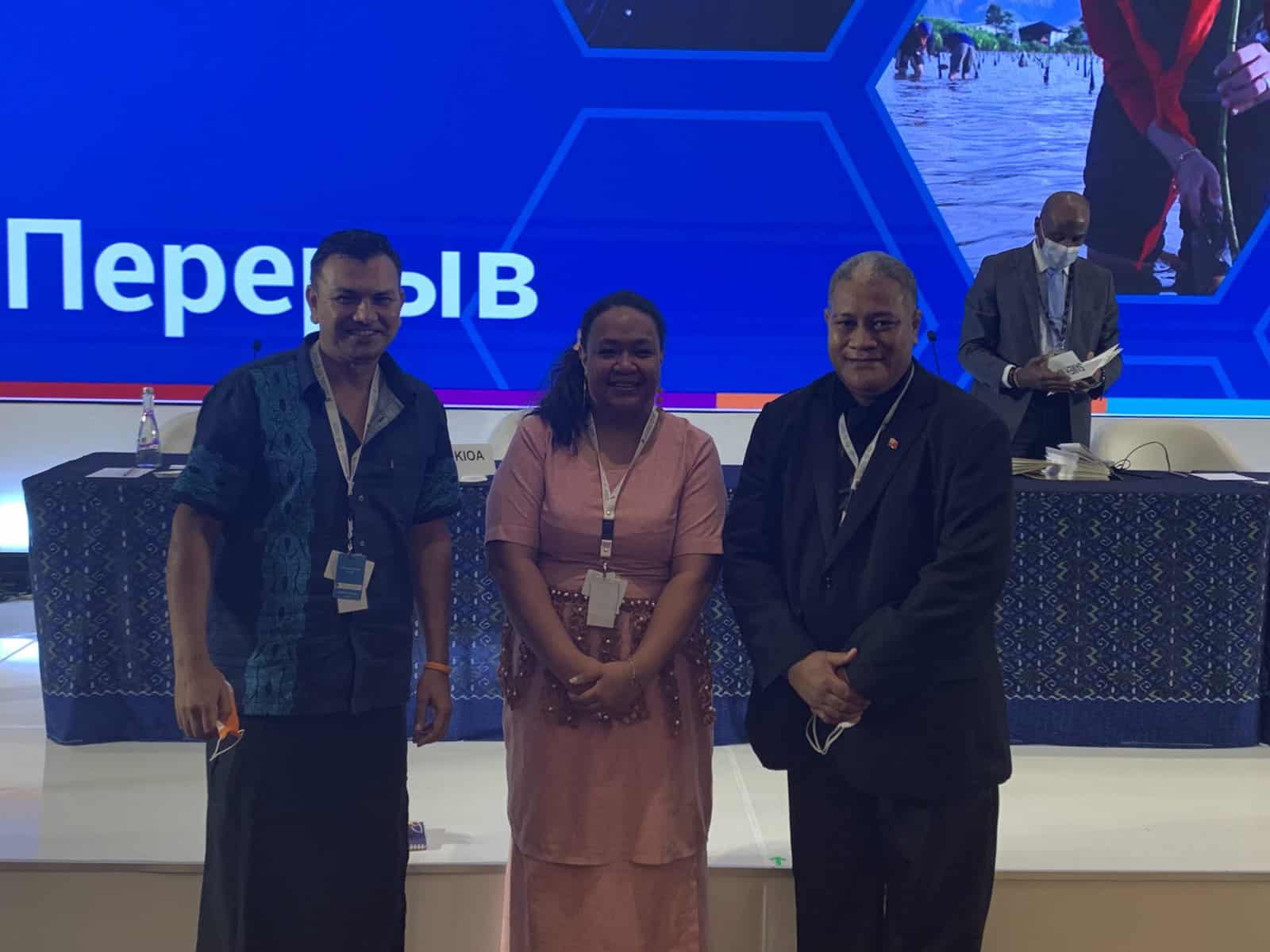“We gave the world a bit of a shake on the 15th of January this year,” Moana Kioa from Tonga’s National Emergency Management Office (NEMO) told the Global Platform for Disaster Risk resilience in Indonesia in May.
“Often our issues back home can be overlooked in big meetings like this,” she continued, noting that Tonga is the second most vulnerable island country in the world when it comes to risk ratings. “Having said that, I am sitting here in front, but I feel so small…so I ask you please to hear us out.”
Please Subscribe to view full content...
